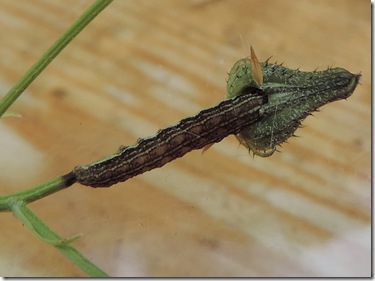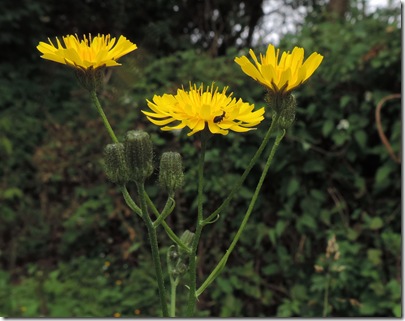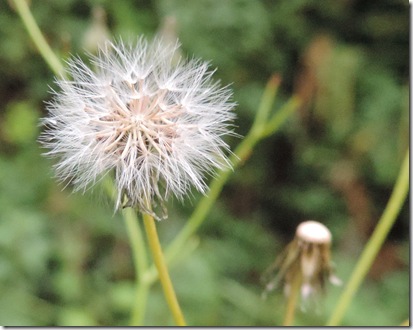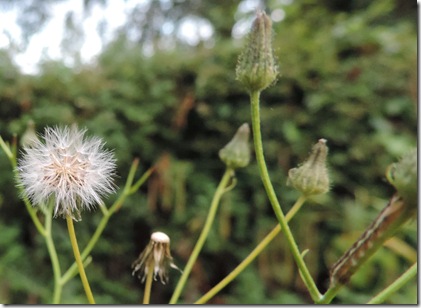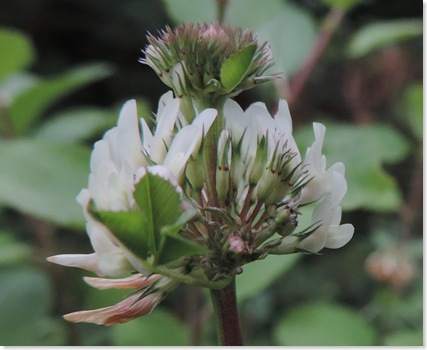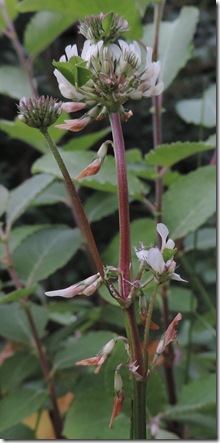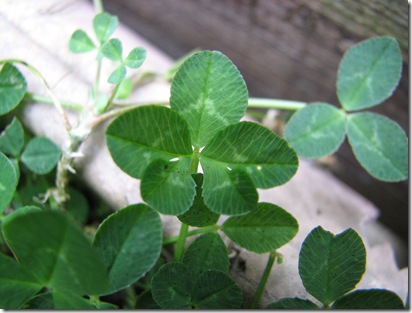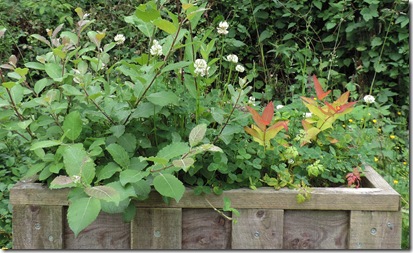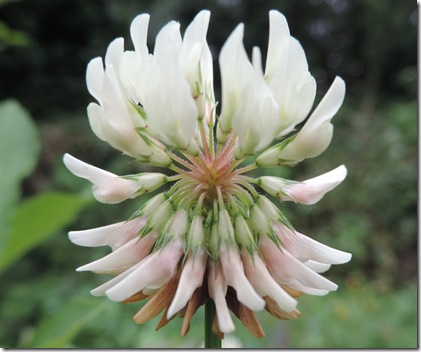It was Hecatera bicolorata
This morning I rediscovered the small caterpillar I had spotted yesterday on a photograph of smooth hawksbeard (Crepis capillaris).
It is that of a broad-barred white moth (Hecatera bicolorata).
Particularly satisfying to have recorded a new plant in the window box in spring, seen it flower and run to seed, and to have to discovered a caterpillar feeding on it that I also had not recorded before.
The larvae of this moth is said to feed mainly on hawksbeards and hawkweeds and its position on the stem with its head thrust into a hole to get at the ripening seeds is characteristic.
